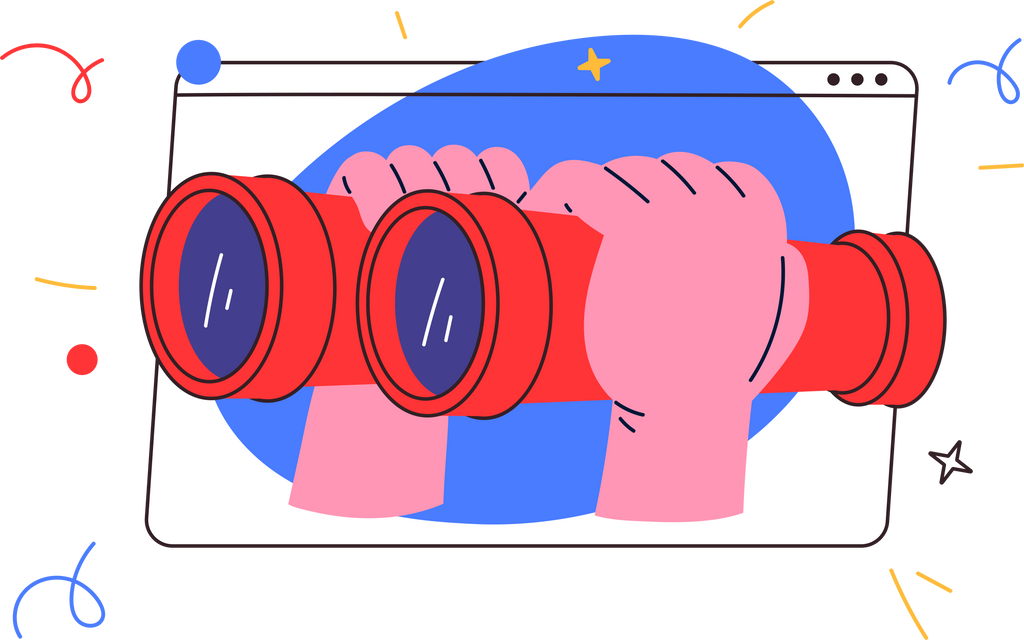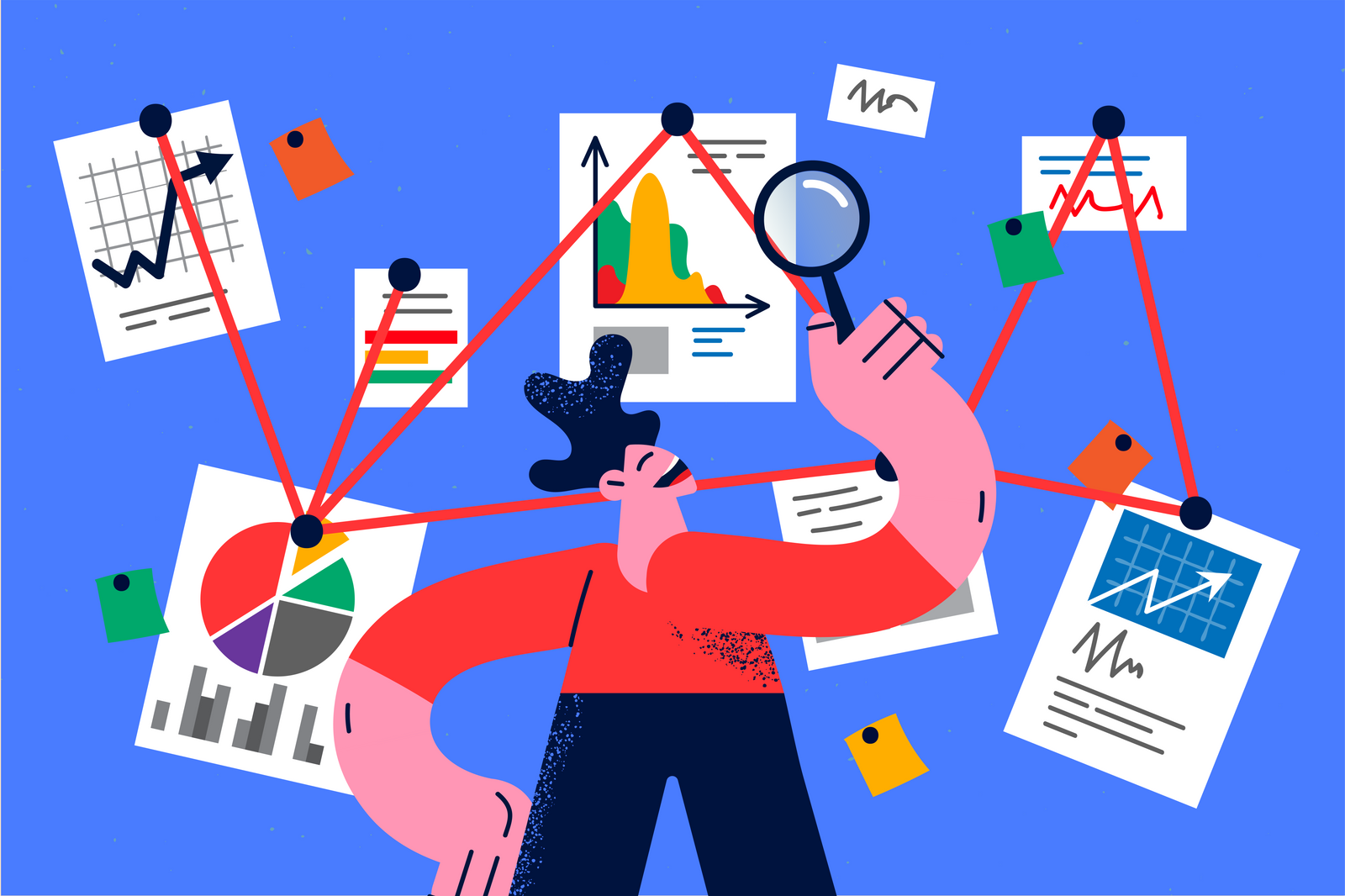Roadmap to digital project's success
The discovery phase of a software development project offers a clear pathway to triumph and helps bypass challenges such as developing products that inadequately address problems, surpass budgets, and result in scope creep.
Often overlooked, this initial step plays a crucial part in preventing the hasty transformation of a concept into an application without adequate planning.
McKinsey's recent research highlights a common issue: Almost half of software development projects demand more resources than were initially planned. This dilemma plagues startups and companies launching without a clear grasp of the product requirements.
Our experience collaborating with startups confirms that conducting a discovery phase enhances the chances of a product's success, especially when executed by a team of experts.
This guide will dive into the significance of the project discovery phase in the product development process. We'll explore its objectives, steps, and deliverables, highlighting its crucial role in achieving project success.
Understanding the discovery phase
The discovery phase represents the preliminary stage of a software development project. Throughout this phase, experts conduct in-depth market research, analyze client business goals, and establish functional and non-functional requirements for the future product.
The results from the discovery phase are comprehensive documentation and a detailed overview of the entire product development process.
This includes the product vision, recommended technologies, integrations, and product architecture. Additionally, the phase involves the creation of a design concept, interactive prototypes, and a roadmap presenting a transparent picture of the final product. The primary goal of the project discovery phase is to align closely with the client’s expectations and fulfill all product requirements.
While most software development companies include some form of the discovery phase within their development process, often it’s a simplified version, neglecting in-depth market research and analysis of users' needs. It is highly recommended to conduct a thorough discovery phase to avert potential risks, pitfalls, and misunderstandings that commonly emerge during product development.
The project discovery proves to be exceptionally effective in shaping the project's timeline, budget, final product requirements, and specifications. Conducting a discovery phase often reduces cost by identifying MVP's essential features and leaving others for subsequent iterations.
The discovery phase can help:
Receive precise estimates that lead to decisions based on data rather than assumptions.
Secure a much greater return on investment.
Craft a truly intuitive, user-centric experience.
Prevent the need for costly alterations in the later phases of development.

Preparation for discovery
Before commencing the discovery phase, there are several steps to undertake, a sort of “pre-discovery phase” that should include the following steps:
Define your business objectives clearly;
Determine the product owner or primary point of contact;
Be ready to provide any available project-related data or documentation;
Obtain an approximate project quote. Although the main project estimate occurs during the discovery phase, this initial estimate can assist in the next step;
Allocate a budget for the discovery phase. The discovery phase involves full-time work by a specialized team, and expenses should be anticipated.
Key players in the discovery phase
Typically, a project discovery team comprises 3 to 5 specialists, including a business analyst, tech consultant or architect, designer, project manager (sometimes overlapping with the business analyst's role), and specific industry experts if needed.
The business analyst collects essential data from the client and market, interpreting it into actionable insights and functional requirements.
Designers use these insights to create design concepts, wireframes, and prototypes, ensuring a user-centric experience.
Technical analysts evaluate the project from a developer’s viewpoint, selecting appropriate tools and proposing effective technical solutions.
The project manager is responsible for arranging client meetings, keeping records of all the meeting details, and ensuring productive engagement between the product discovery and development teams.
Additional experts could participate in the discovery phase should their specialized knowledge be necessary.

Devstark’s approach to the discovery phase
Upon deciding to collaborate, a preparatory call takes place to gather initial requirements and understand the client's idea, business status, main objectives, and future product value.
Our team conducts extensive market research and analysis, evaluating industry trends and competitor landscapes to grasp market conditions and understand the client's audience motivation.
A team of designers conceptualizes and builds wireframes and prototypes with the help of user journeys, coming up with adaptable concepts before estimation and development.
Our tech architects compile detailed documents aligning with all project requirements, ensuring a full understanding of the product’s vision.
After completing all phases, a meeting is arranged to discuss and present the product vision from business and technical standpoints. During this meeting, the discovery team presents the following documents essential for further development:
The requirement document outlines the system's high-level functional and non-functional requirements;
A resource plan is a detailed outline of the required resources, including technological tools and human expertise;
The risk analysis report is an in-depth analysis of potential risks and respective mitigation strategies;
Budget and timeline projection details the estimated budget and timeline for the entire project;
Initial prototype design is an early-stage design of the system to provide a tangible glimpse of the solution.
The duration of the discovery phase typically ranges from 2 to 8 weeks and depends on project complexity and company expertise. For instance, the custom software development discovery phase for enterprises may extend the timeline up to 1.5 months, while the discovery phase of digital products that don’t require any complex technologies or integrations may end within a month.

Advantages of the discovery process
- Clarity on goals and product vision;
- In-depth understanding of target market and user needs;
- Detailed product architecture and defined technologies;
- Seamless integrations and reduced development costs;
- Effective product roadmap and risk reduction.
Pitfalls of skipping the discovery phase
- Inaccurate investment estimations;
- Frequent changes in requirements;
- Engaging in unnecessary work;
- Budget overruns and market value risks.
Summing up...
The discovery phase is an effective process for shaping ideas into detailed action plans. It significantly enhances startup prospects for securing third-party investments and ensures budget adherence and timely development.
Devstark's approach to each project's discovery process prioritizes the client's business needs, offering personalized services for success-driven projects.


